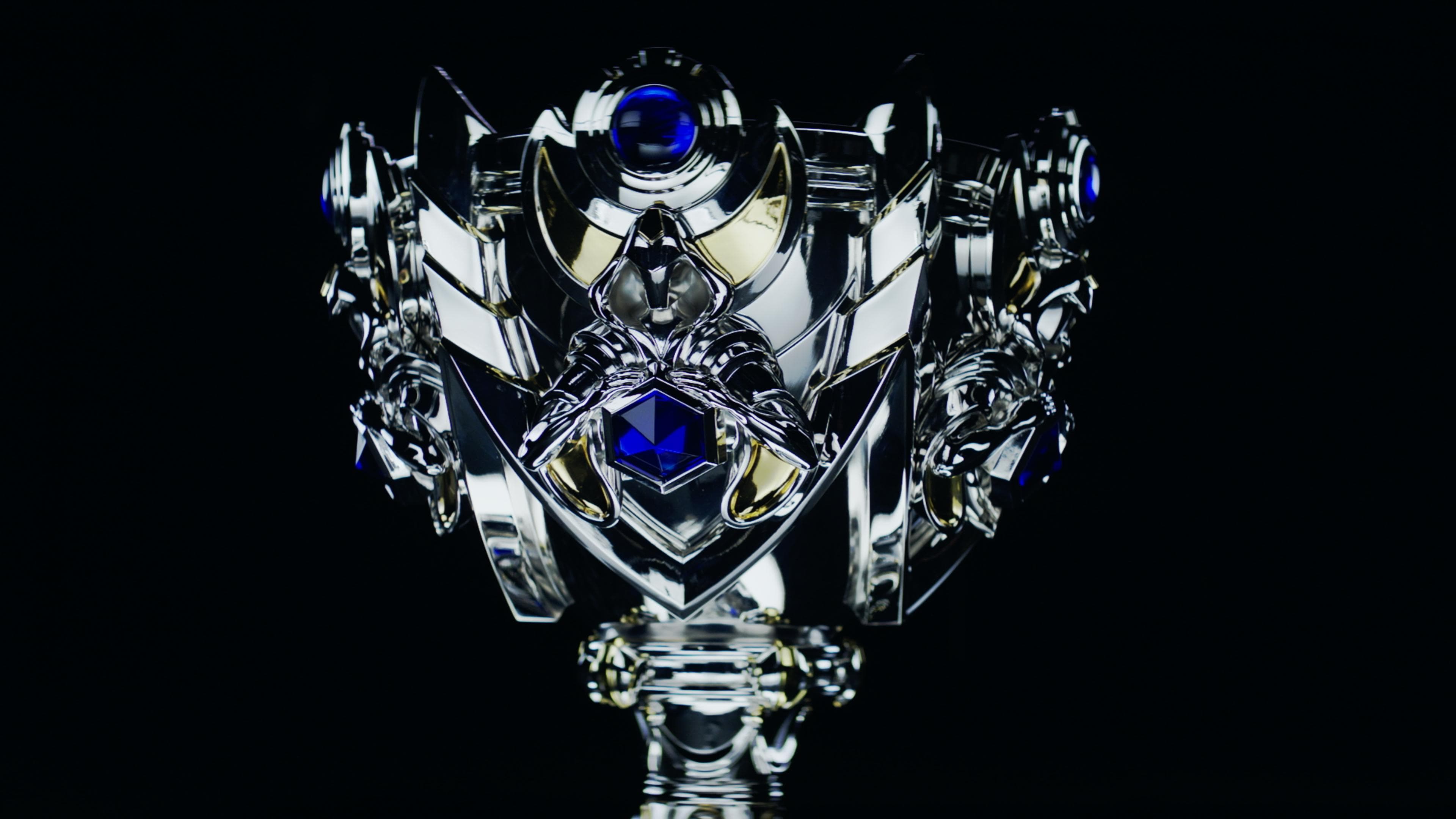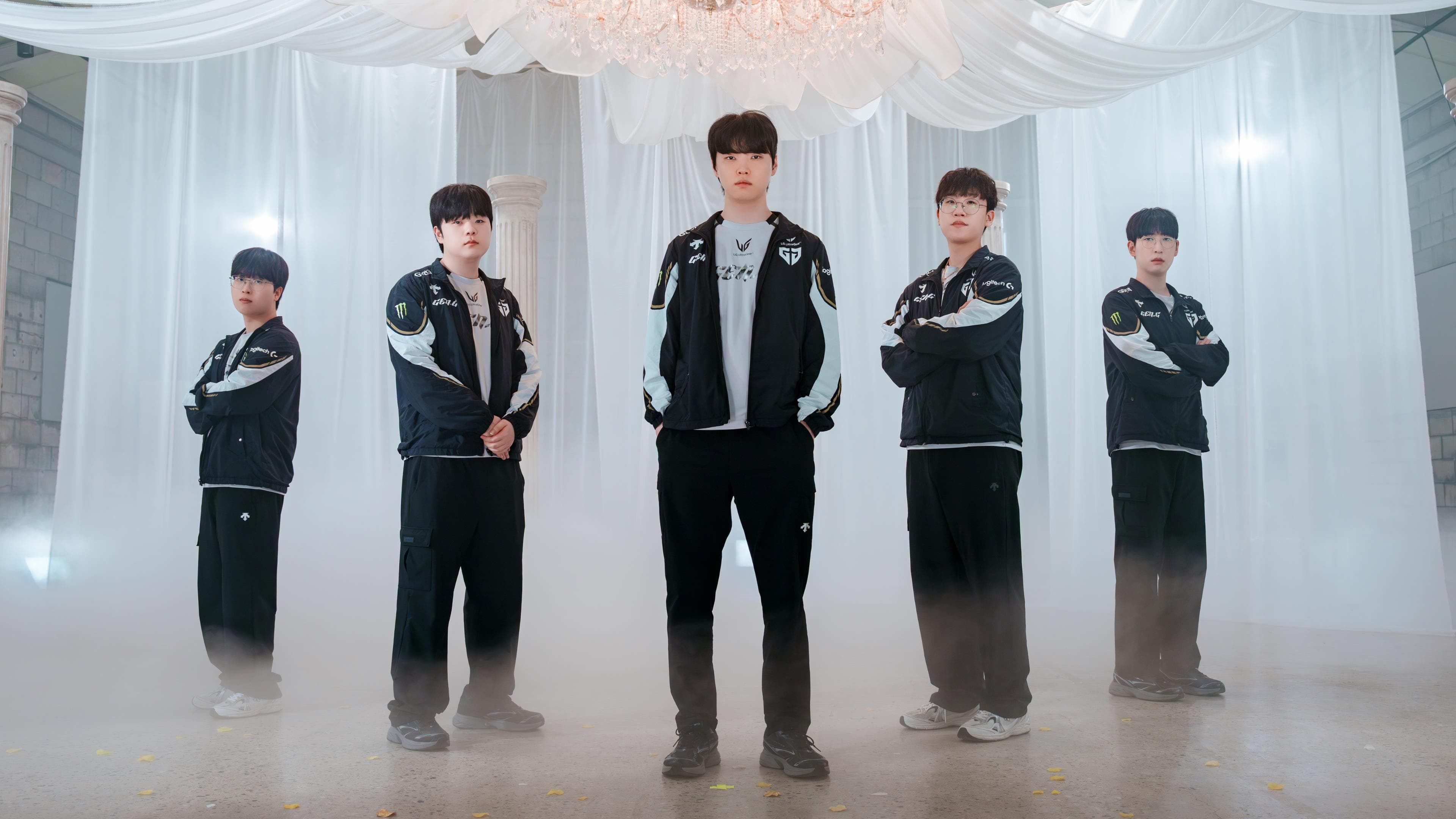WASD is a way for Riot to make their game more appealing to new players and make the game faster
If you’ve ever watched someone play a PC game, you’ve probably seen their left hand hover over four keys: W, A, S, D. Together, they form the foundation of how millions of players move through digital worlds. But for League of Legends, a game that has relied on mouse clicks for over a decade, the arrival of WASD is nothing short of a revolution.
In their dev update from August 11, Riot Games officially announced the implementation of WASD movement controls in League of Legends in a testing capacity. Riot has been testing the feature internally for months, and it finally came to PBE — giving players their first chance to try it out — on Aug 27.
What exactly is WASD?
On a standard keyboard, W, A, S, and D sit in a neat square under your left hand. They act as directional keys, mimicking the function of arrows but with more comfort and flexibility. In most games, that means an intuitive directional control system; an easy conversion from console games:
- W – Move forward
- A – Strafe left
- S – Move backward
- D – Strafe right
With this setup, the player's fingers rest naturally over adjacent keys, usually allowing them to easily reach abilities, attack buttons, jump, crouch, and more. This is why WASD became the default across genres like shooters, MMOs, and action-RPGs.
Why did Riot add WASD for League?
For fifteen years, League of Legends has relied on the mouse for movement. Players click to walk, then click to attack — the rhythm of the game has been defined by that system. But Riot knows not every player comes from a MOBA background. Many arrive from FPS, MMOs, or action RPGs, where WASD is second nature. By introducing this feature, Riot is lowering the barrier to entry and making League more intuitive for new players.
The change is also about speed and fluidity. Click-to-move can sometimes feel detached — like you’re giving orders to your champion rather than piloting them directly. With WASD, movement becomes more responsive. Dodging a Syndra stun or juking a Blitzcrank hook can feel less like a guess and more like an action you can manage in real-time.
Who is it for?
While veterans may hesitate to abandon years of click-based muscle memory, WASD primarily targets two groups: new players who already use WASD in other games and want a familiar entry point into League, and players who play mechanic-heavy roles such as ADCs, where positioning, kiting, and split-second mechanical execution can decide games.
Indeed, for marksmen in particular, WASD could be a game-changer. The art of attacking while moving backward has always required near-perfect click timing. With WASD, strafing between autos feels closer to how a pro handles it — fluid and precise, without demanding the same precision or APM. In short, it makes high-level mechanics more accessible.
Overall, the new control scheme has the potential to accelerate League’s pace. With champions reacting instantly to keystrokes, fights could become more dynamic; it's less about pre-click planning and more about real-time execution. For Riot, that’s a way to make Summoner’s Rift more inviting to new audiences, while offering veterans a fresh layer of depth if they choose to explore it.
Header Photo Credit: Riot Games/Sheep Esports








/Comments
Write a comment